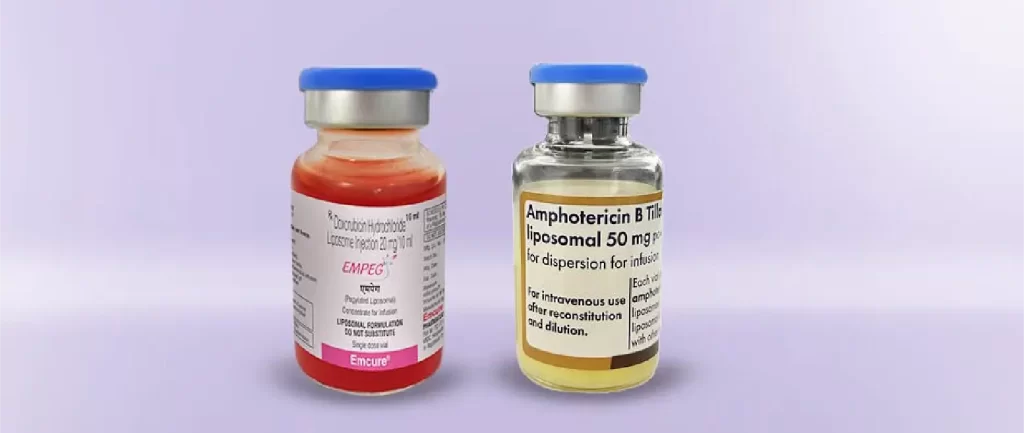
The term liposome originates from the Greek words “Lipos” (fat) and “Soma” (body). It describes a spherical, microscopic carrier made up of one or more phospholipid bilayers surrounding an aqueous core. Due to the amphiphilic nature of phospholipids, liposomes are incredibly versatile and capable of transporting both hydrophilic and hydrophobic molecules.
Key Advantages: Target delivery & controlled release, enhanced absorption & bioavailability, stability of drug substance, and improved safety profile.
Products: Amphotericin B, Doxorubicin
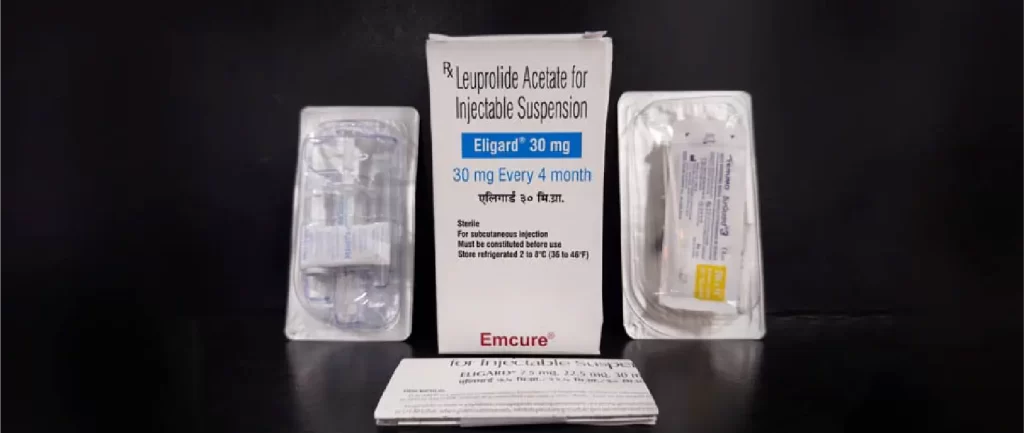
The term liposome originates from the Greek words “Lipos” (fat) and “Soma” (body). It describes a spherical, microscopic carrier made up of one or more phospholipid bilayers surrounding an aqueous core. Due to the amphiphilic nature of phospholipids, liposomes are incredibly versatile and capable of transporting both hydrophilic and hydrophobic molecules.
Key Advantages: Reduces the number of injections needed, improves patient compliance and helps prevent drug abuse.
Products: Leuprolide

Nasal drug delivery systems are a rapidly advancing non-invasive approach, offering the dual benefits of rapid absorption and targeted therapeutic action. By bypassing first-pass metabolism, these systems enable direct delivery to the central nervous system. Nasal delivery platforms are particularly transformative in therapy administration, allowing for a swift onset of action and enhanced bioavailability.
Key Advantages: Non-invasive, provides rapid onset, avoids first-pass metabolism, reduced dose, large surface area and highly vascularized mucosa.
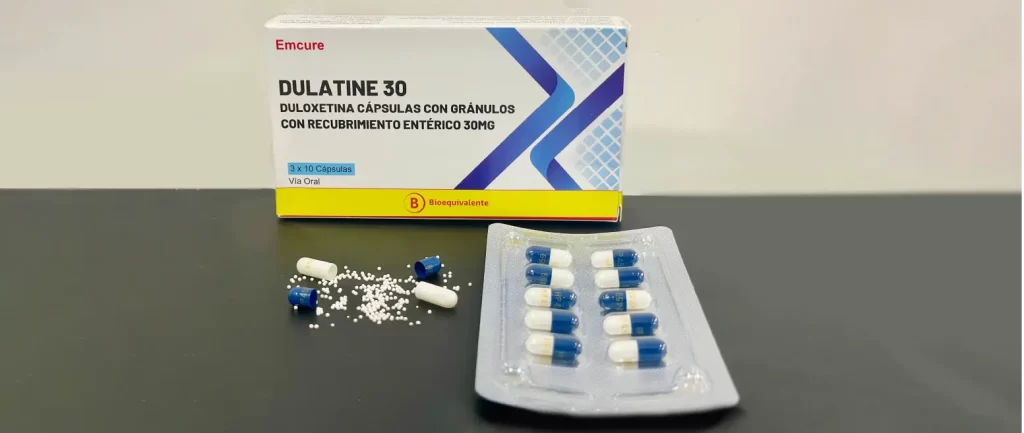
Modified-release (MR) dosage forms are designed to change the drug release pattern compared to conventional immediate-release formulations. MR drug products alter the timing and/or rate of drug release, offering benefits not available with conventional forms. This adjustment aims to achieve specific therapeutic goals or improve patient compliance. A few types of MR products include delayed release (e.g., enteric-coated), extended release, and orally disintegrating tablets (ODT).
Key Advantages: Improve pharmacokinetic profiles, minimize side effects, maintain consistent drug levels, and improve patient compliance.
Products: Duloxetine, Propranolol, Diltiazem, Nifedipine, Metformin, Carbamazepine, Rizatriptan ODT

For decades, injectable lipid emulsions have been used clinically to provide essential fatty acids and vitamins as an energy source for hospitalized patients. Recently, there has been growing interest in using these emulsions to deliver lipid-soluble therapeutic agents intravenously, thanks to their biocompatible nature.
Key Advantages: Improved solubility and stability, reduced toxicity, reduction in pain, irritation and thrombophlebitis.
Products: Propofol

Topical drug delivery systems provide targeted, localized treatment for dermatological and systemic conditions while minimizing systemic exposure. These systems are crucial for delivering therapies directly to affected areas, which address specific dermatological concerns.
Key Advantages: Reduced systemic side effects, targeted treatment, improved patient compliance (convenience and ease of use) and non-invasive localized drug delivery.
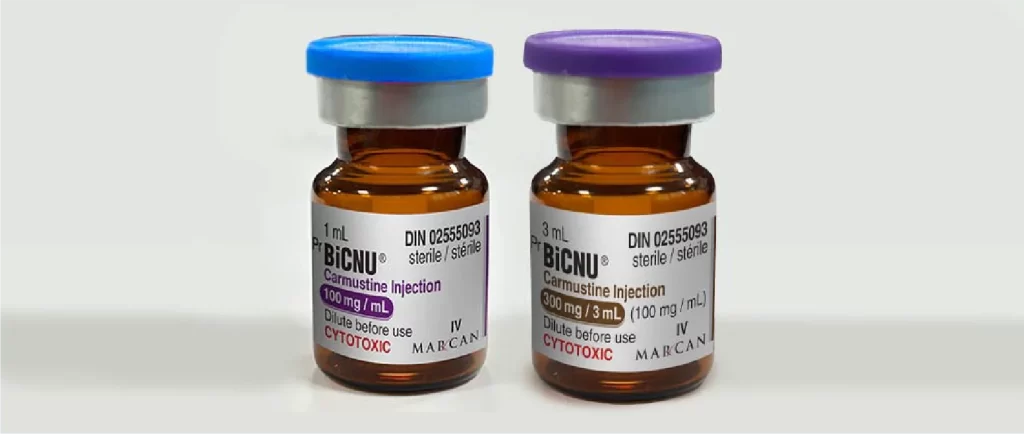
Ready-to-use injectables are injectable products that are supplied in their final container and ready to be administered to a patient. They are designed to prevent errors, reduce risks of handling, decrease preparation time, and prevent contamination.
Key Advantages: Ease of preparation and handling and reduced errors.
Products: Carmustine RTU
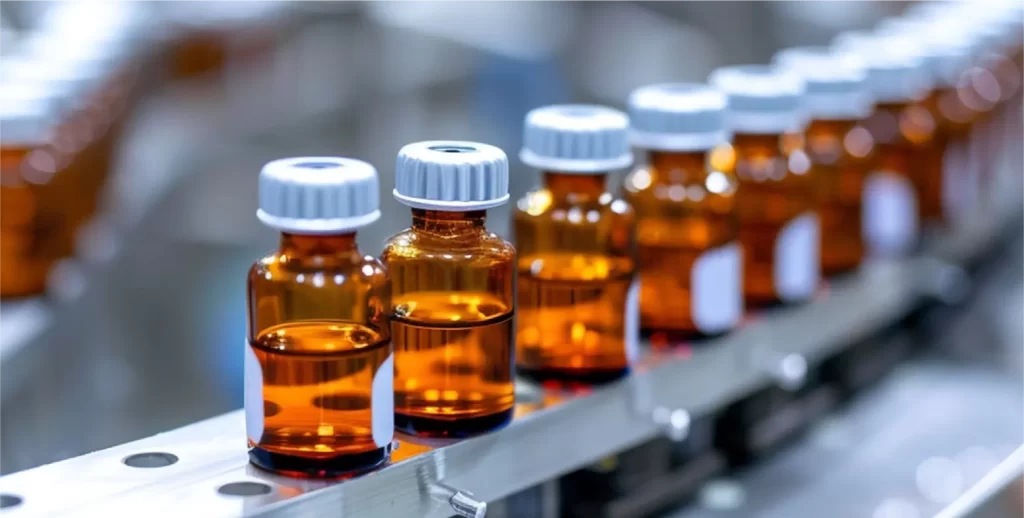
Lipid Nanoparticle (LNP) delivery systems are setting new benchmarks in drug delivery technology, enabling efficient encapsulation, targeted delivery, and controlled release of therapeutics. These innovations have proven especially transformative in cancer treatment, with LNP systems enhancing the efficacy of drugs.
Key Advantages: Improving drug efficacy, directing site-specific drug delivery, delivering both hydrophobic and hydrophilic molecules.
The term liposome originates from the Greek words “Lipos” (fat) and “Soma” (body). It describes a spherical, microscopic carrier made up of one or more phospholipid bilayers surrounding an aqueous core. Due to the amphiphilic nature of phospholipids, liposomes are incredibly versatile and capable of transporting both hydrophilic and hydrophobic molecules.
Key Advantages:
Target delivery & controlled release, enhanced absorption & bioavailability, stability of drug substance, and improved safety profile.
Products:
LAI formulations are emerging as the next frontier in healthcare management. By providing sustained and controlled release of medications, LAI technologies simplify achieving optimal dosing targets with less frequent administrations. This leads to higher patient adherence and more optimal therapeutic outcomes. LAIs can be formulated as polymer-based formulations, oil-based formulations, and crystalline drug suspensions.
Key Advantages:
Reduces the number of injections needed, improves patient compliance and helps prevent drug abuse.
Products:
Leuprolide
Nasal drug delivery systems are a rapidly advancing non-invasive approach, offering the dual benefits of rapid absorption and targeted therapeutic action. By bypassing first-pass metabolism, these systems enable direct delivery to the central nervous system. Nasal delivery platforms are particularly transformative in therapy administration, allowing for a swift onset of action and enhanced bioavailability.
Key Advantages:
Non-invasive, provides rapid onset, avoids first-pass metabolism, reduced dose, large surface area and highly vascularized mucosa.
Products:
Modified-release (MR) dosage forms are designed to change the drug release pattern compared to conventional immediate-release formulations. MR drug products alter the timing and/or rate of drug release, offering benefits not available with conventional forms. This adjustment aims to achieve specific therapeutic goals or improve patient compliance. A few types of MR products include delayed release (e.g., enteric-coated), extended release, and orally disintegrating tablets (ODT).
Key Advantages:
Improve pharmacokinetic profiles, minimize side effects, maintain consistent drug levels, and improve patient compliance.
Products:
Duloxetine, Propranolol, Diltiazem, Nifedipine, Metformin, Carbamazepine, Rizatriptan ODT
For decades, injectable lipid emulsions have been used clinically to provide essential fatty acids and vitamins as an energy source for hospitalized patients. Recently, there has been growing interest in using these emulsions to deliver lipid-soluble therapeutic agents intravenously, thanks to their biocompatible nature.
Key Advantages:
Improved solubility and stability, reduced toxicity, reduction in pain, irritation and thrombophlebitis.
Products:
Propofol
Topical drug delivery systems provide targeted, localized treatment for dermatological and systemic conditions while minimizing systemic exposure. These systems are crucial for delivering therapies directly to affected areas, which address specific dermatological concerns.
Key Advantages:
Reduced systemic side effects, targeted treatment, improved patient compliance (convenience and ease of use) and non-invasive localized drug delivery.
Products:
Ready-to-use injectables are injectable products that are supplied in their final container and ready to be administered to a patient. They are designed to prevent errors, reduce risks of handling, decrease preparation time, and prevent contamination.
Key Advantages:
Ease of preparation and handling and reduced errors.
Products:
Carmustine RTU
Lipid Nanoparticle (LNP) delivery systems are setting new benchmarks in drug delivery technology, enabling efficient encapsulation, targeted delivery, and controlled release of therapeutics. These innovations have proven especially transformative in cancer treatment, with LNP systems enhancing the efficacy of drugs.
Key Advantages:
Improving drug efficacy, directing site-specific drug delivery, delivering both hydrophobic and hydrophilic molecules.
Products: